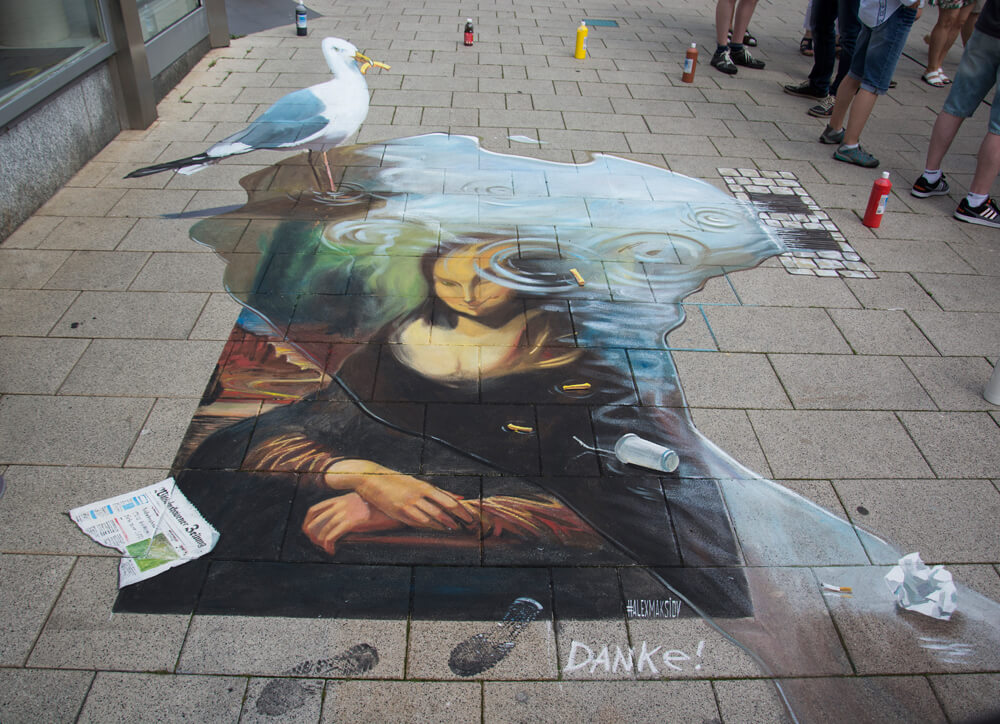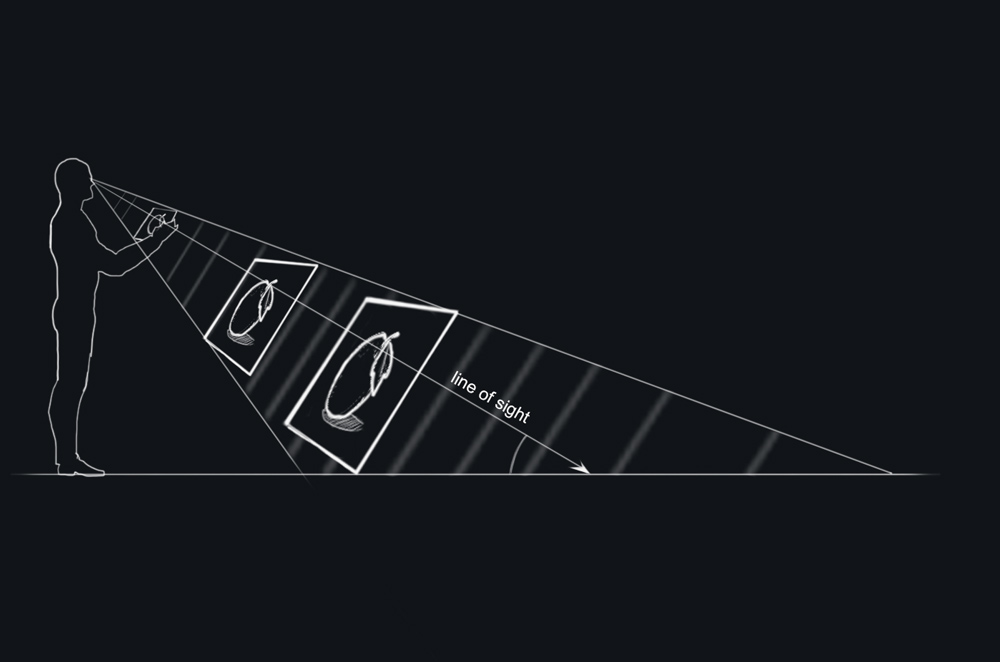3d street painting Introduction
Everybody seen a lot of this kind of street art on internet, but how it possible to make it? What is the secret of creation 3d? In this post I will tell you about the principles of creation of 3d street painting on the pavement. The word “pavement” or asphalt is mean the horizontal plane we walk every day (also 3d sidewalk chalk art). It can be a concrete or wooden base, glass and even sand. Yes, nowadays there are 3d drawings created on a sand. So possible to make on the different surfaces which consist from different materials.
Where 3d street painting comes from?
Short History
The history begins with the history of anamorphic painting. About 500 years ago, Renaissance artists developed an interest in exploring perspective. Where they achieved great success in depicting objects in perspective. Also in the study of projection onto a plane. Filippo Brunelleschi developed a special contribution to the creation of laws of perspective. Which was subsequently continued by such artists as Raphael Santi, Leonardo da Vinci, Giorgio Vasari and etc. In the picture of Hans Holbein’s “The ambassadors” you can see the anamorphic image of the skull.
How this kind of art calls in some countries?
It just so happened we started to call in our country “3d drawings on the asphalt “. Probably because in childhood we called: “ Drawing with chalk on the pavement“. Though often painted more of them on the concrete. The concrete is possible that the word does not sound (in my native language)… Abroad literally translating in English is 3d painting, anamorphic painting or 3d art, Sidewalk chalk, 3d sidewalk chalk art.

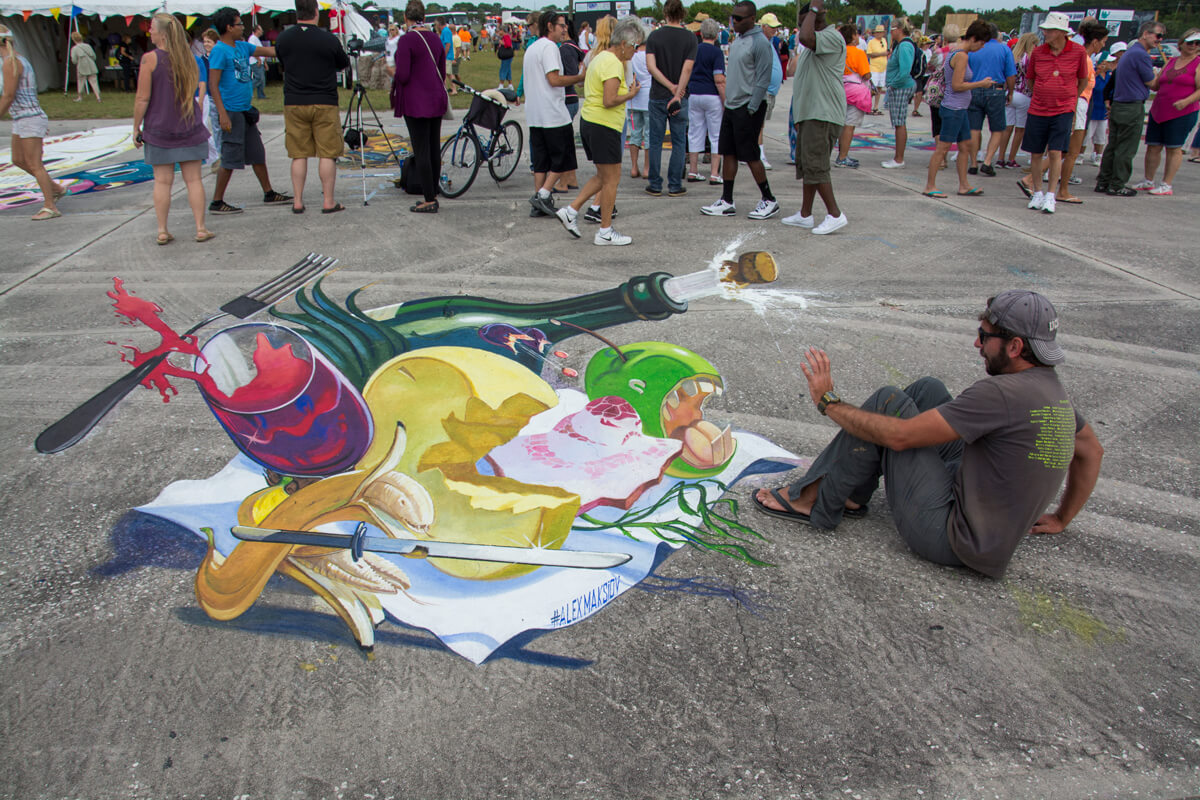

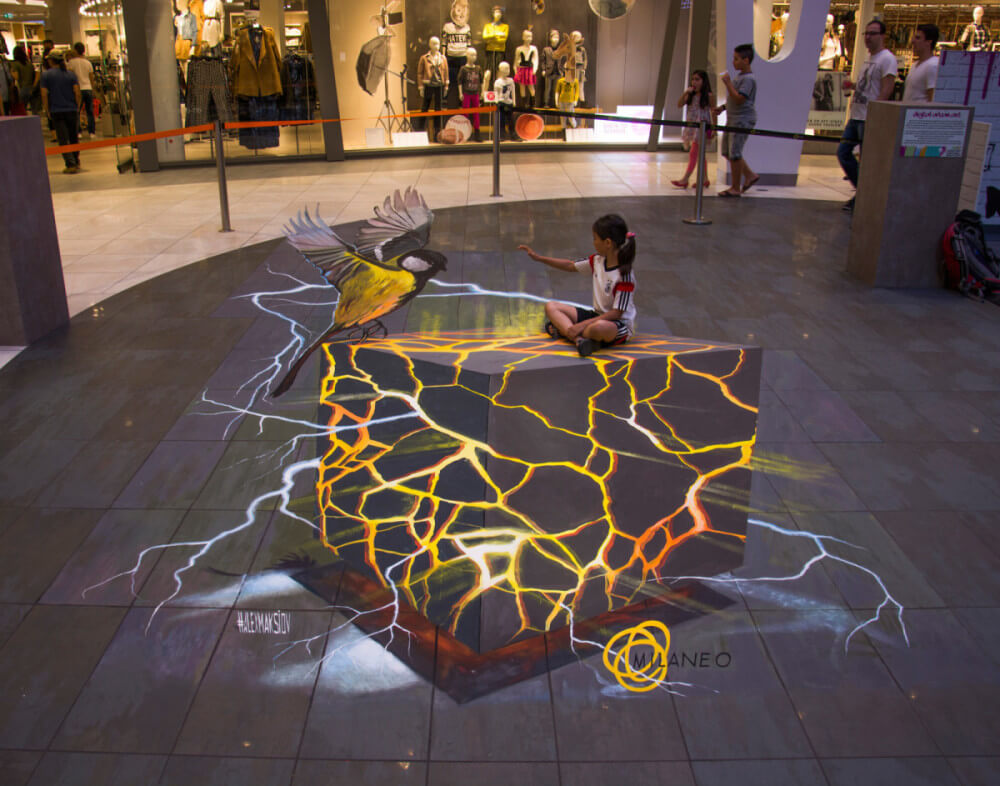
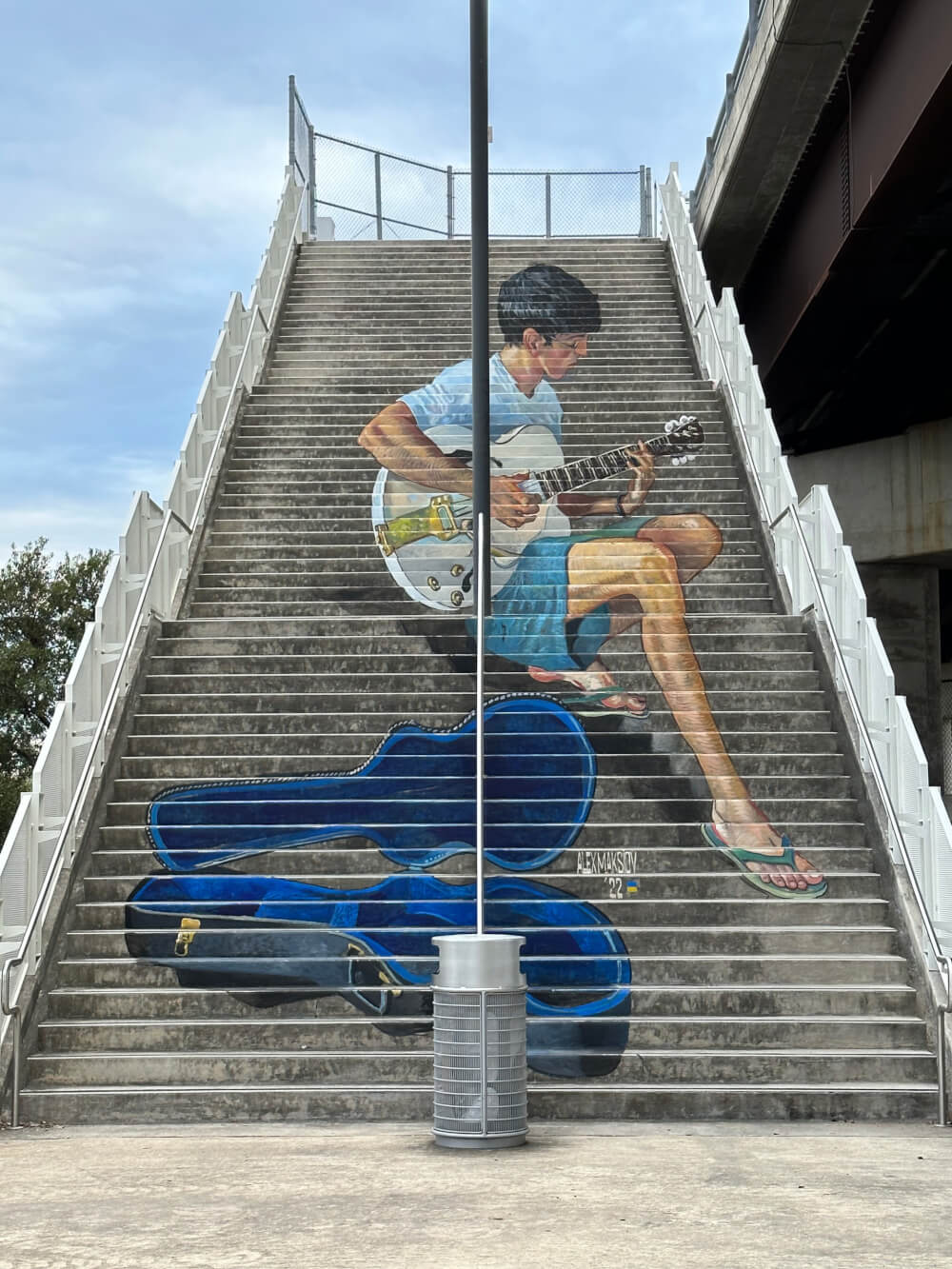

Perspective and projection of anamorphic art
So, many of you already familiar with this type of street art from internet. Or probably anyone of you seen 3d pictures in live. Maybe even tried to create his own 3d art. Certainly the majority set question, how could they achieve the 3d effect?
I am pretty sure that most of you already exclaimed: ” Hm-m, there is no any secret!… It’s an elementary projection of the image to the plane!” And they are right. I would say that is projection plus cooperation with perspective. Though of course, the concept of projection can not be separated from the subject of perspective, it’s interactive things.
Let’s start to do 3d urban art!
So, where does work start from to create street painting? Work begins, like for any artists with developing of draft sketch. Also depends on the dimensions of the area which will be carried out drawing. You’re asking me: ” How it connected with the size on a site?”
Fot that you have to understand, that the drawings on the pavement is a projection onto the plane. Which is at angle to us and has a promising reduction. The more object closer to the horizon line the more space it needs. It is provided that the height from the view point. With which a person looks to the object, equal to the average growth of human. So sometimes artists can use a combination of the plane. Floor + wall, and then the two walls where using three and four plane. Also floor +ceiling and + two walls – corner of the room.
- On the image you can see how the image size changes during projection onto the plane. (by the line of sight). And the more acute will be the angle of the line of sight to the plane of the pavement, the more extended we will get painting.
- As a matter of convenience I’ve broken ft segments in to half of ft and connected to the point P on the horizon, thus obtaining the vanishing point P and the length scale of the segments that are equal to 1,5 ft.Now, most importantly!
- We need to define the width of the scale, or you can even say the scale of the depth of the long by 50cm. Simply, we need to determine how the grid will visually shrink in perspective, put it to the pavement. I recommend you to take sheet of paper more ).
- We set the distance to the main viewpoint (where people will take a picture of anamorphic painting) i.e. to the edge of your drawings on the pavement (or rather to the edge of your future grid on the pavement) I make 6 ft, artist sets the distance that he need, but I think that there is no point to make it less than 4ft . At the axis line of our drawing from the edge of the picture plane, what is the line of H,make a distance of 6ft as a result getting cut CN. The point N for the further construction of the drawing does not playing a role.
- Next we need to get a remote point D1 on the horizon from which the beam will intersect the picture plane at an angle of 45 °, at point C, it will help us to determine the top of the square. To do this, select a distance twice the height of the human figure, because the figure is the object on which we are conducting the measurement. Why is 2 times on the picture plane? The reason the device of the human eye, the capture angle have greater width than height. For good not a distorted perception, we need to be at a distance from the object twice of the height of it. So we get the point Q (on site we do not need it). From the main point of vanishing P carry over (it is possible with the help of a compass) a segment equal to PQ on the horizon line, so getting D1 and D2 point, often you will have to go beyond a sheet of paper, so the segment PQ is divided by 2 to get the point D½ and four points for D¼. After the beam through the points D1, C we get a straight line, which crossing the picture plane at an angle of 45 ° in the perspective.
- The resulting point B1 of segment BD is the top of the square, the segment B,B1 is the side length of 1,5 ft in the perspective.
- Almost done for 3d! As I said above, D1 remote point beyond the sheet of paper, as a matter of convenience segment D1, P is divided into four parts and getting the point D¼. Using remote point D¼ keep in mind that in this case the beam intersect the side of the square B1, C1 has a different angle (it’s about 75 °) to the picture plane. And to find the point of intersection, the segment BC is divided into four equal parts as well as any other segment of the picture plane on the line, from the intersection point of a straight line make in to the vanishing point P, from D¼ in intersection point will determine the side of B1, C1 as it makes the beam conducted from the D1 to C.
- Next step
- In this clever way at the intersections of beams from distant point with beams of contraction AP , BP, CP, DP, EP, we got a grid size 6ft by 6ft in a perspective contraction with the size of the square section 1.5ft x 1,5ft. Here it is, the grid is ready for 3d sidewalk chalk art!
Almost everything is ready to start making your own anamorphic painting 😉
Here is Part 2: How to do 3d street painting or 3d street painting for dummies?
https://maksiov.com/standard/3d-vessel-at-marietta-us.html
https://maksiov.com/standard/3d-effect-of-3d-mural.html
